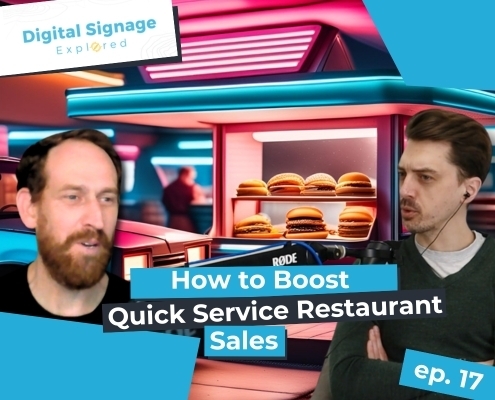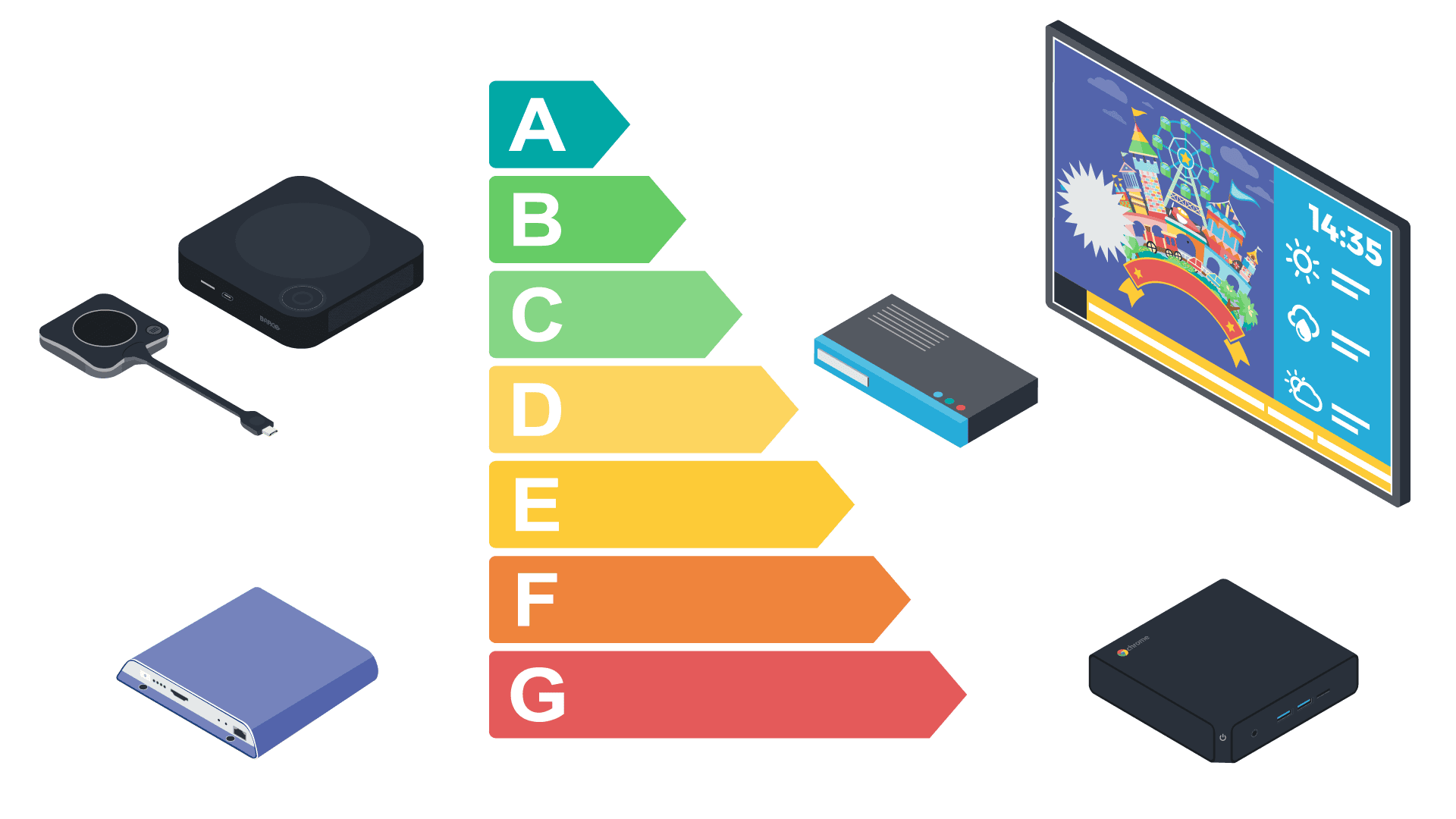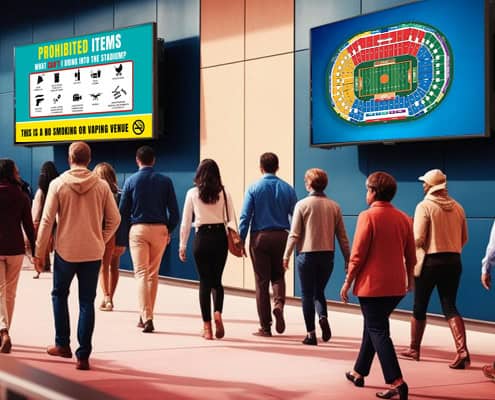Are digital technologies, like Digital Signage just hype and expense, or can they really help you beat the competition and maximise the growth of your quick service restaurant/s? While some of the terminology around Digital Signage can appear confusing and even off-putting, the reality is that it can add quantifiable value to your business model. Whether you’re an established player looking to stay ahead and streamline costs, or a new franchisee that’s keen to level the playing field and break through, Digital Signage solutions can now offer a simple, and cost-effective way for you to achieve these objectives. The key is to know what you’re looking for and to have a plan for your business model. We’ve partnered with Matt Steedman, co-founder of Amped Digital, a renowned Digital Signage solutions company, to outline what accessible Digital Signage solutions are out there, and how, exactly, they can be incorporated into business models at various stages of growth.
Established QSR chains
Firstly, it’s important to know that Digital Signage systems have become much more accessible and affordable. According to Matt, Digital Signage technologies are now being adapted to suit the budgets of every size of business, offering more flexibility and much greater user-friendliness. This means that larger franchises have more opportunity to update their legacy software, hardware and streamline efficiencies in the process. In particular, the capability of delivering live updates, straight to your screens from a centralised system is easier and more cost-effective than ever before. Integrations between POS software and content management systems (CMS) are simpler to arrange, with some CMS brands now making APIs available for all their features, so they can be integrated into customised communications solutions.
Franchise control with local franchisee input
Moreover, with the latest generation of Digital Signage, franchises can now have the best of both worlds. They’re able to offer franchisees all the marketing support, point of sale and information to share on-screen, AND a level of autonomy, so, where necessary, pricing/messaging can be localised. It is, Matt argues, an important aspect of franchise business development. There may be, for instance, additional shipping costs to be factored into pricing for certain franchisees in more remote locations. With the latest generation of content management systems (CMS), you can embed non-editable content into a playlist or content sequence. This ensures brand consistency across every franchise, but also gives local franchisees the flexibility to change some of the editable parts of the playlist.
Emerging QSRs
For those new to the QSR industry, Digital Signage technologies can level the playing field, giving small-medium QSRs the chance to deliver up-to-the-minute menu and promotional information across some or all their screens in one or more location/s. With advanced content management functionalities, they are able to update content remotely, even after it has gone live, and set end as well as start dates/times, so that the on-screen messaging only ever runs for as long as it is relevant. According to Matt, the affordability of Digital Signage is changing the sector, with up-and-coming QSRs now making up ground, and securing a greater market share. They are becoming the early adopters of the latest technologies, because, unlike many of the bigger players, they don’t have to contend with complex and slow multi-department approval processes for any purchasing decisions.
The role of AI
Investing in the next generation of cloud-based Digital Signage solutions is now also a way to future-proof QSRs. Digital Signage technologies are already starting to feature AI, helping businesses to streamline content management, as well as further reduce overhead costs. While AI is enabling video and content creation to be automated in minutes, it also looks increasingly set to deal with issues like queue management, and even to boost sales and boost the size of orders. Crunching the numbers is also likely to become easier with AI Digital Signage. Data analysis could, for example, be entirely automated, revealing what needs to be reordered, or put on sale. When securely broadcast via back office Digital Signage, this kind of information will also become increasingly easy to share with teams, enabling them to see the most pertinent data insights at a glance.
For more tips on what Digital Signage could do for your QSR, tune into our latest Digital Signage Explored episode with Matt Steedman from Amped Digital.





You must be logged in to post a comment.